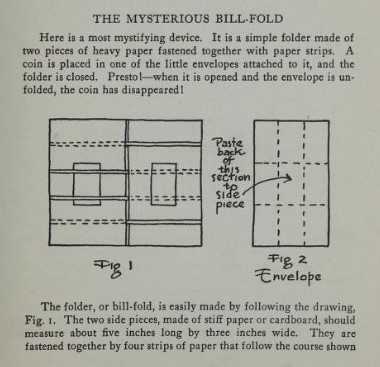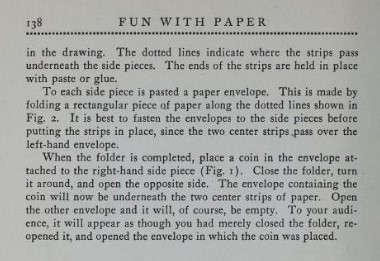| The Public Paperfolding History Project
Last updated 15/4/2025 x |
|||||||
| The Buddha Papers | |||||||
| This
page is being used to collect information about the
history of the magical effect known as the Buddha Papers.
Please contact me if you know any of this information is
incorrect or if you have any other information that
should be added. Thank you. Much of the information on this page has kindly been provided by Edwin Corrie. The Buddha Papers is nowadays the established name for a magical effect which, in its current form, consists of a set of simple nested envelopes made from folding paper, each smaller than the one before. An object placed in the smallest envelope, which is then folded up inside the next smallest, which is then folded up inside the largest (a nest typically, though not necessarily, consists of three envelopes) is then found to have vanished or changed into something else when the procedure is reversed and the smallest envelope unfolded. Magicpedia states that the name "Buddha Papers" began appearing in magic catalogs by the 1930s, but that the effect has also been called "The Witched Paper","Buddha Money Mystery", "The Hindoo Paper Packet Trick", "Bengali Papers", "Hindu Magic Papers", and the "E-Z Money Vanisher". ********** 1584 The earliest publication of this effect that I know of is also in 'The discoverie of witchcraft' by Reginald Scot, Esquire, first published in 1584, and immediately follows the description of the Fold and Switch Effect.
********** The effect also appears: 1593 In 'Giochi di carte bellissimi di regola e di memoria' by Horatio Galasso d'Arienzo, which was published in Venice in 1593. This work contains a description of a version of the Buddha Papers magical effect in which a coin is wrapped in the paper and then can be shown to have melted whilst so wrapped. (Information from Edwin Corrie.) ********** 1670 - 1730 In his blogpost The Buddha Papers, Edwin Corrie mentions that a version of the Buddha Papers made from a single sheet is found in the newly discovered Asti Manuscript, which is said to be dated to between 1670 and 1730. ********** 1722 The effect is also found in 'The Whole Art of Legerdemain or Hocus Pocus in Perfection' by Henry Dean, which was published in London in 1722.
********** 1733 Two presentations of the Buddha Papers effect were included in 'Enganos a Ojos Vistas, Y Diversion de Trabajos' by Pablo Minguet E Irol, which was published in Barcelona in 1733. How to change a blue ribbon into a red one
*** Howto change a portrait of a lady to a skull and crossbones
********** This effect was also published: c1795 in 'The Conjuror's Repository', which is undated but thought to have been published c1795.
********** 1828 In 'The Boy's Own Book' by William Clarke, which was was published by Vizetelly, Branston and Company in London in 1828, includes the effect under the name of 'Sudden Metamorphosis'.
********** 1829 In 'Manuel Complet des Sorciers' by M Comte, which was published in 1829,contains an effect titled 'Les deux portefeuilles magique', which describes how to make two Chinese Wallets, to each of which a set of Buddha Papers is added. A playing card placed in one can then be shown to have vanished and to have appeared in the other, which was previously empty.
********** 1831 As 'Le Jeton Change' in Volume 2 of 'Manuel des Jeunes Gens', which was published in Paris by Librairie Encyclopedique de Roret in Paris in 1931.
********** 1872 In 'Hanky Panky' by W H Cremer, Jun, which was published by John Camden Hotten in London in 1872.
********** 1882 Reference to a version of the Buddha Papers appeared in 'Bright and Happy Homes' by Peter Parley, Jr, which was published in Chicago and New York by Fairbanks, Palmer and Co in 1882. My thanks to David Shall for this information. No illustration yet available. ********** 1902 A description of a version of the effect appears inan article by Alber in the French children's magazine Mon Journal of 24th May 1902. ********** 1908 A version of the effect using three nesting envelopes appears as 'Le paquet magiique' in 'Les Petits Secrets Amusants' by Alber-Graves, which was published by Librairie Hachette in Paris in 1908.
********** 1920 A version of the effect from a 3x3 square appears under the title olf 'Magic Purse' in 'Paper Magic' by Will Blyth, which was first published by C Arthur Pearson in London in 1920.
********** 1922 A version which used the improved method of nesting wrappers under the title of 'The Spirit Communication' appears in 'Houdini's Paper Magic', which was published by E P Dutton and Company of New York in 1922.
********** 1928 A version of the effect, which is used to swap a dime for a quarter, appears in an article titled 'Tricks and Twists with Paper', written by Sam Brown, in the February 1928 issue of Popular Mechanics magazine.
********** 1939 As 'The Mysterious Billfold' in 'Fun with Paper' by Joseph Leeming, which was published by Spencer Press Inc in Chicago in 1939, where it is teamed up with theChinese Wallet..
********** 1963 As 'The Wizard's Wallet' in 'Fell's Guide to Papercraft: Tricks, Games and Puzzles' by Walter B Gibson, which was published by Frederick Fell Inc in New York and George McLeod Ltd in Toronto in 1963.
********** |
|||||||
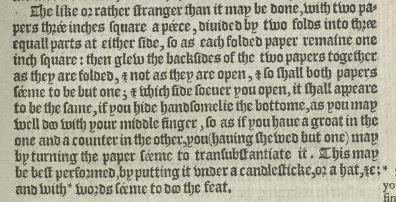
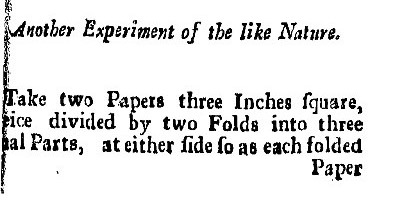
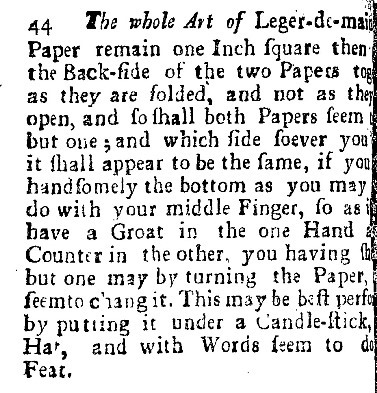
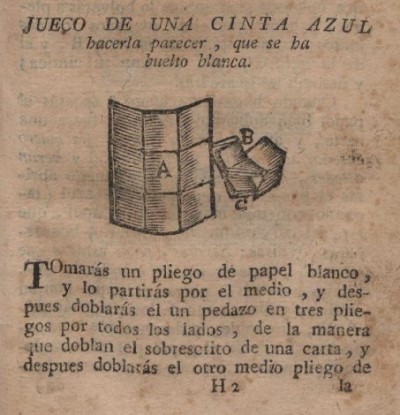
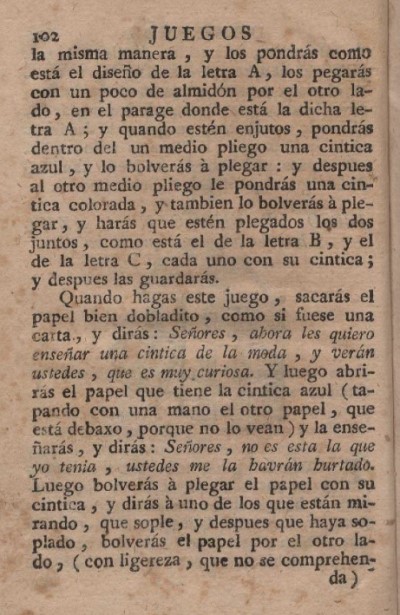
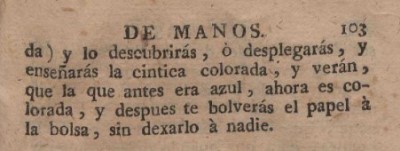
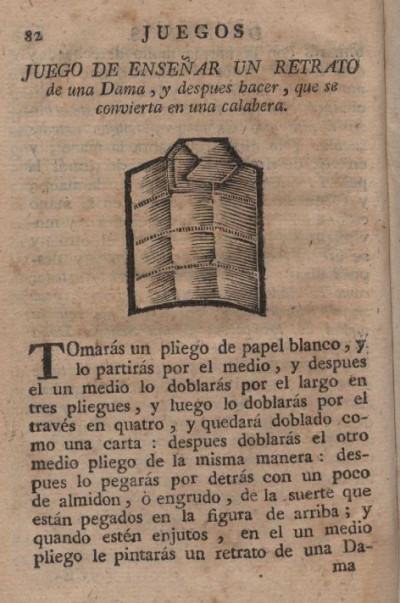
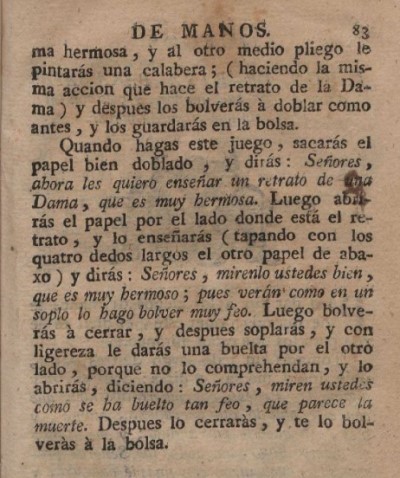
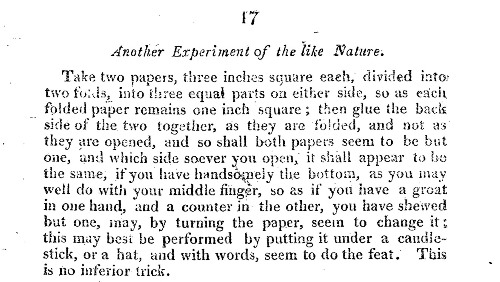

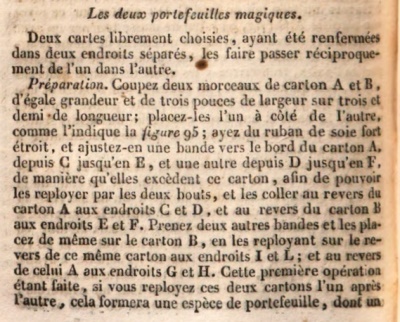
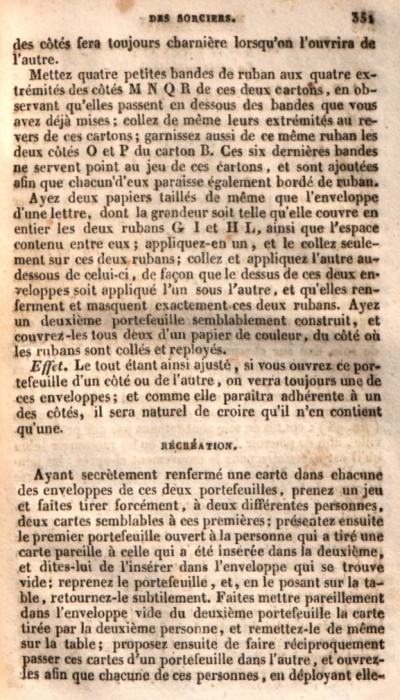

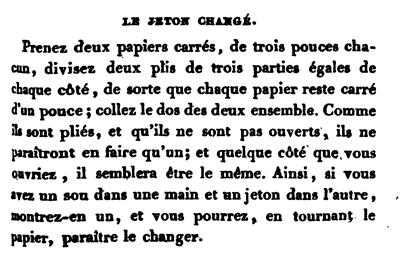
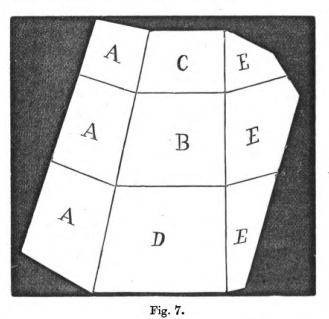

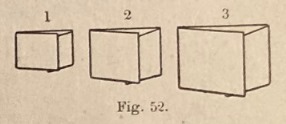
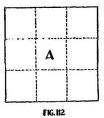
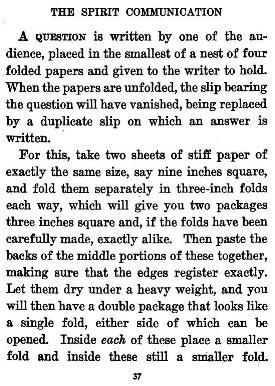
.gif)
